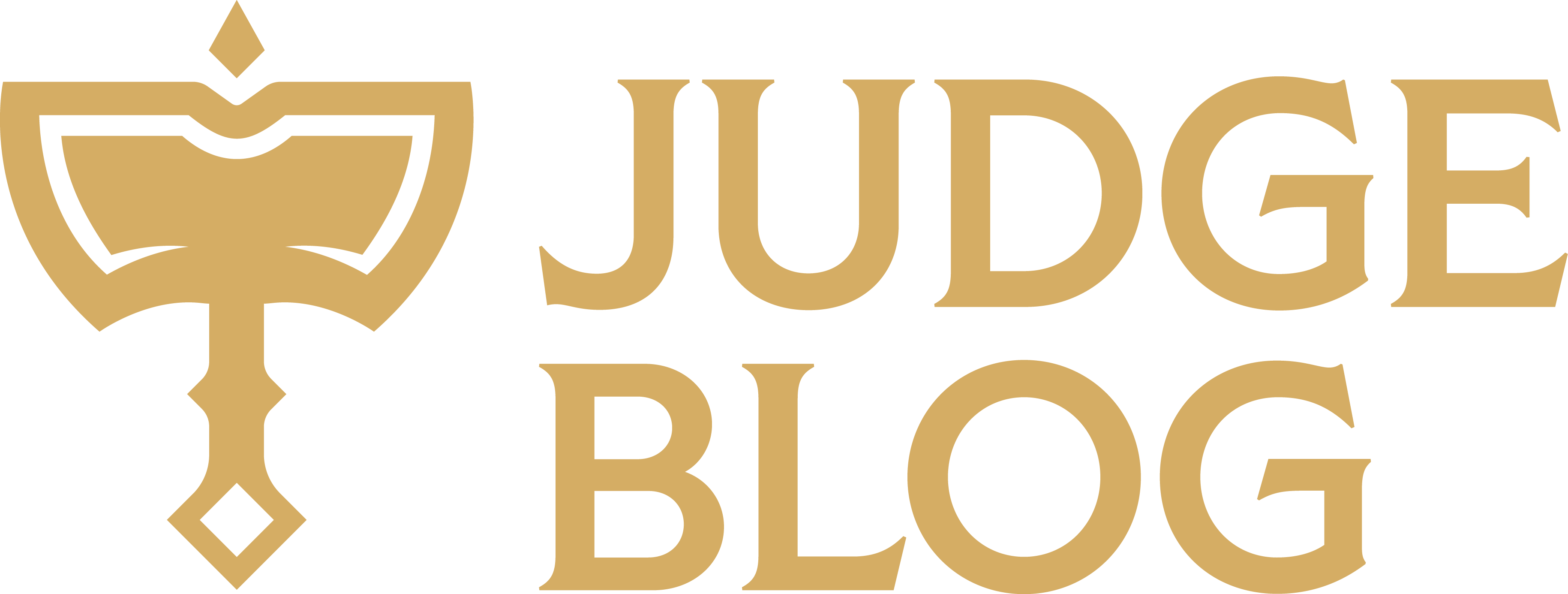
Marked cards are marked, but how?
Luna Borges is a Level 1 Flesh and Blood Judge from Brazil and a member of the blog’s content team. The opinions expressed in the above article are her own and do not necessarily reflect those of Legend Story Studios or the Judge Program.
When are cards considered marked?
If we look closely, we can see that all of the cards are marked. I don’t know who said this first, but all cards in a TCG game are marked in some way. So, why do we treat some cards as more marked than others?
We consider marked cards to be a card or sleeve that is distinguishable from the rest of the deck. No player should know the location of a card once it has been randomized into the deck, because this can give an advantage when accessing the private information portion of the game. A card or sleeve can be marked in many ways; we will discuss them.
Identifying marks
You will probably find yourself looking for marked cards during a deck check or when an opponent or spectator calls a judge about someone playing with marked cards; for example, a player using non-opaque sleeves for double-faced cards. In this case, you can correct the mistake on the spot with minor delays or wait until the end of the match. Your decision on how to correct it will depend on the severity of the potential offense and whether you believe the integrity of the game has been affected by the issue.
When doing deck checks, it’s very important to get the decks after players have presented their decks and before the opponent has the chance to cut or shuffle it; this makes sure the player is presenting the deck as intended to play. It is also important to have decklists ready for the check. When looking for marked cards, we still need to refer to the decklist for player information and card information, such as the number of copies of the same card.
We’ll look for marked cards throughout the deck. Marks can appear for different reasons: scuff marks, nail indents, bent corners, the curvature of the card itself, dirt, sleeve transparency, or even intentional markings.

Different types of marks are usually found on old sleeves.
Determining the limit
After identifying marks on cards or sleeves, the head judge or team leader (in large events) needs to determine what the threshold is. All cards are marked in some way if we look too closely; what matters here is if the card is distinguishable from the rest of the deck or not. The usual threshold I use and recommend is to shuffle the deck a couple of times, place it on the table, cut it, draw some cards, and then ask yourself if it is possible to see the marks and determine the cards while playing a game of Flesh and Blood. If the answer is “no,” the cards are probably not marked.
Keep in mind that if all of the cards in a deck are marked in the same way, such as with a small bend on the corner of the sleeve on all of the sleeves, the deck and the cards are not considered marked.
Foils are a unique, special kind of card that can be rare in some cases, making them very important for many players. The contact of these cards with humidity makes them warp in a marked shape; this is also known as “foil curling“.

Foil curling examples
Sleeving
Players are also responsible for ensuring that the sleeves they are wearing are of high quality and free of marks. Double sleeving is allowed and recommended in some cases. However, all cards in the deck should be sleeved the same way. For example, a player who double-sleeves only their rainbow foils or majestic cards would be considered to have marked cards.
Some marks of use or marks due to natural wear and tear from older sleeves can be considered marked cards, and re-sleeving the deck completely would be recommended. In these cases, this procedure can be done after the match to avoid any tournament delays. It is important to address the penalty before the match starts, so the player knows they need to change their sleeves right after the end of the match.
Marks as a result of usage
Cards and sleeves can be marked due to the time of use. Sleeves and cards can wear and tear during a tournament, sleeves can have manufacturing issues, and cards (especially rainbow foils) can warp over time. All of these situations are beyond the player’s control, and players should not be harshly punished as long as they are not taking advantage of the situation or intentionally marked.
Players should check their cards between rounds to avoid problems during matches and deck checks. Taking advantage of cards that are marked or doing it on purpose is considered cheating. When performing a deck check, it is important to take note of potential patterns that can be taken advantage of. If, for example, a Dromai deck shows marks of use only on sleeves containing double-faced cards, then that can be a reason to suspect potential cheating, even if the reason for the additional wear on the sleeves is benign.
When does a penalty for marked cards become cheating?
When dealing with marked cards, you will look for patterns, for example, cards with the same name or the same pitch with the same mark. If you find a pattern, it does not mean that the player is cheating; it needs investigation to determine the motive of the pattern. Very often, players sleeve their decks in a very specific way, and it is our job to talk to the player and understand the cause.
When do marked cards become a match loss? Philosophically, only when we believe the match’s integrity is damaged and cannot be repaired would we issue a match loss. Otherwise, it would be a warning and a restart of the game.
It is essential to determine if the player would have gained a significant advantage from noticing the marked cards. The Penalty Guidelines state that if that kind of advantage is obtained, the penalty should escalate from a warning to a match loss at the head judge’s discretion. If in your investigation you determine that the player intentionally broke the rules, then the penalty should be cheating, followed by disqualification.

Wrapping up
Marked cards are an infraction that can happen at any given moment when we need to deal with marked cards, not only on the deck check team. In the middle of games, it’s also possible to have a marked card situation, and before games, players may look for judges to check decks to prevent marked card penalties.
For that reason, stay alert, watch games, and pay attention to decks and possible marks. Never jump to conclusions about cheating; investigate first. If you are not dealing with cheating, ask yourself: are these marks distinguishable from the rest of the deck? If I was playing Flesh and Blood, would I be able to notice that mark? If your answer is yes, you are dealing with marked cards.
The Penalty Guidelines are your friend when applying penalties. Trust in your documents, and you will find success.



Can a card be marked on the inside of the sleeve? Example being if I want to have a blitz deck and a CC deck for arakni, but want to share cards between the 2, can I have a mark on the sleeve that is not visible until the card is in my hand. ie, on the side with art and text.